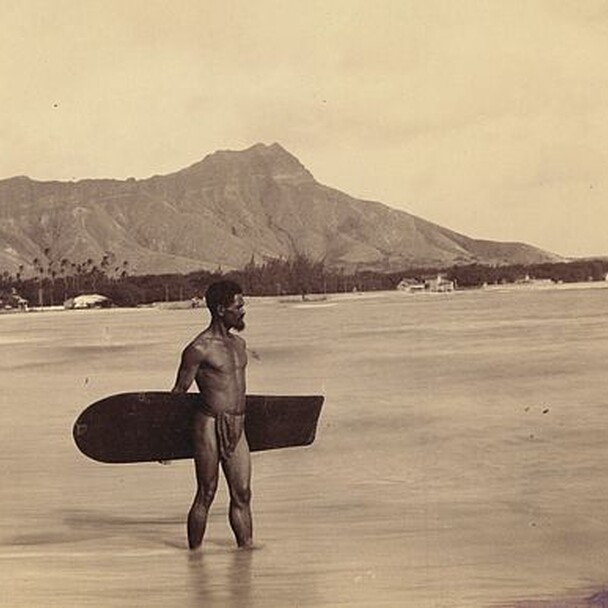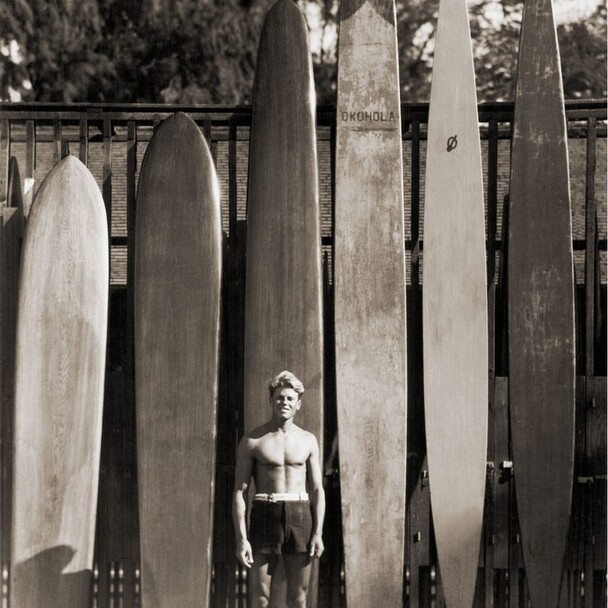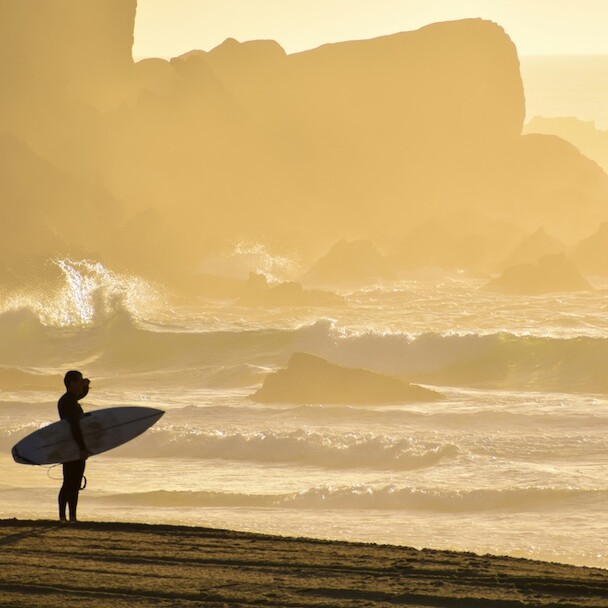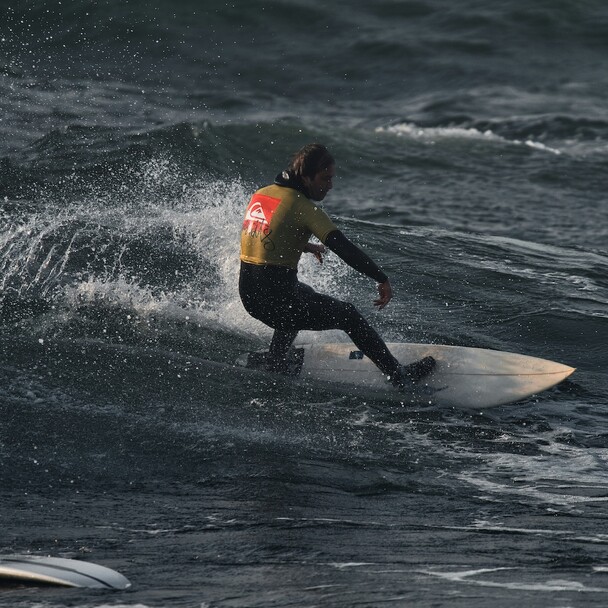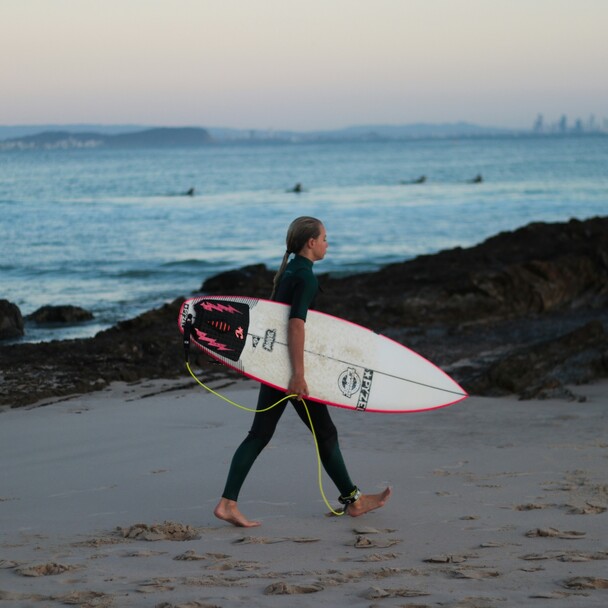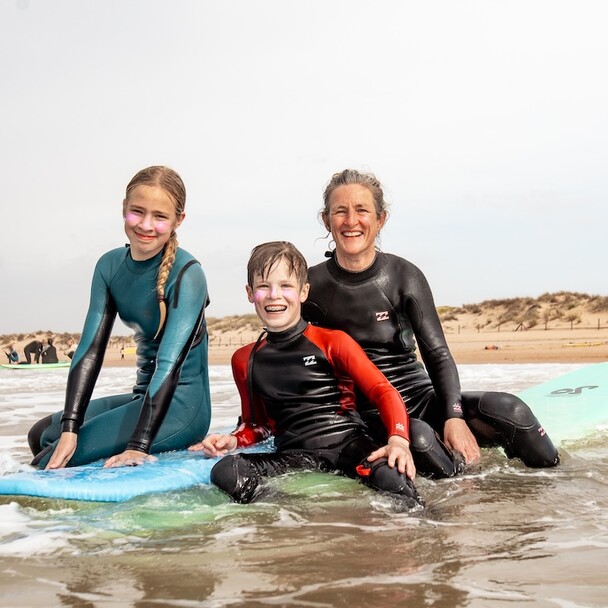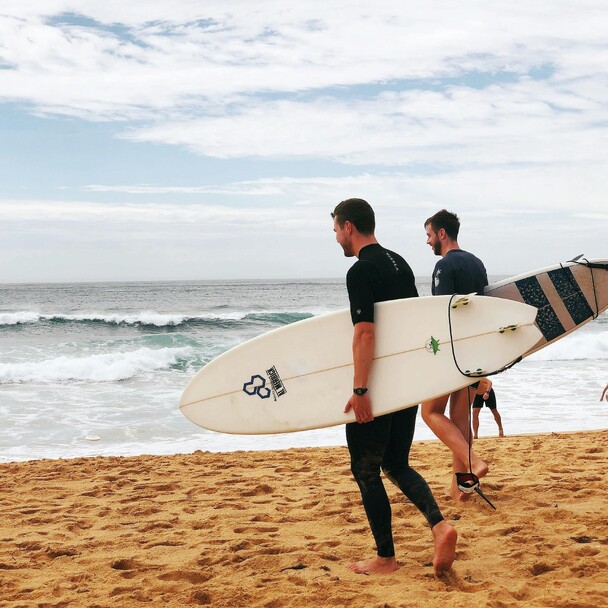The surprising history of surfboard design: From alaias to asymmetricals
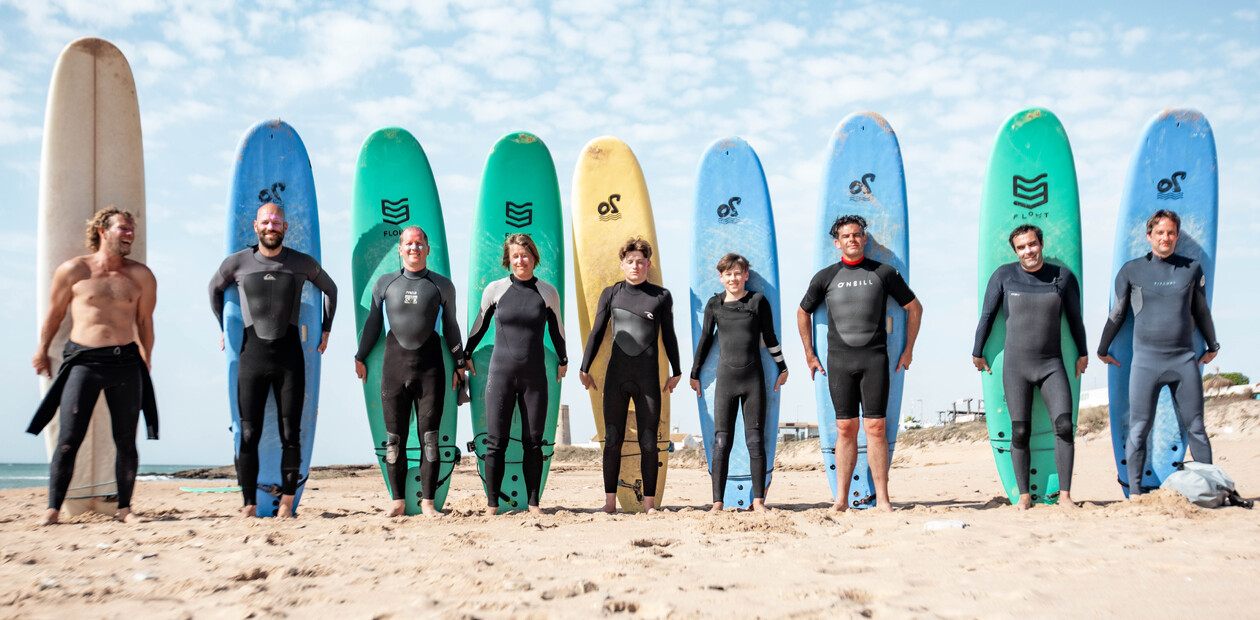
- The origins: Alaias and ancient Hawaii (pre-1900s)
- The wooden era: Solid and hollow boards (1900s–1940s)
- The foam revolution: Lightweight and maneuverable (1950s–1960s)
- The twin fin and thruster era (1970s–1980s)
- Fiberglass ferraris: Performance boards take over (1980s–2000s)
- Alternative shapes, foamies and the retro revival (2010s–present)
- The rise of asymmetricals: Function over symmetry (2010s–present)
- What comes next?
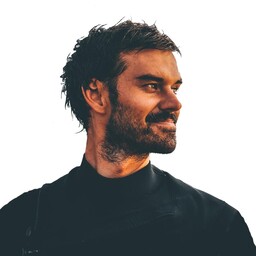
The origins: Alaias and ancient Hawaii (pre-1900s)
Long before modern materials and shaping techniques, there were alaias.
These thin, finless, round-nosed boards were crafted by the ancient Hawaiians from local woods like koa. Alaias were typically between 6 and 12 feet long and required incredible skill to ride.
They had no rocker (the upward curve of a board’s nose and tail) and their flat design demanded precise foot placement and balance.
Surfing was deeply embedded in Hawaiian culture with different boards used by different social classes. Chiefs often rode the longest boards, known as olo. Commoners used the shorter alaias.
These boards weren’t just sporting equipment. They were expressions of identity, spirituality and status too.
Key takeaways
Alaias were early, finless surfboards made from solid wood
Riders needed incredible balance and finesse
Different designs reflected social class in Hawaiian society
The wooden era: Solid and hollow boards (1900s–1940s)
As surfing spread beyond Hawaii in the early 20th century, the boards began to evolve.
Solid wood boards, often made from redwood, were heavy and cumbersome... some weighing over 50 kilograms! They worked but had serious limitations when it came to manoeuvrability.
In the 1930s, Tom Blake revolutionised surfboard design by creating the first hollow board.
By drilling holes into a solid board and sealing it with a thin layer of wood, he significantly reduced the weight. Blake also added a fin (or skeg) to help with directional control.
This marked a pivotal moment in board performance.
His innovations made surfing more accessible and set the stage for further experimentation and expansion.
Key takeaways
Redwood boards were heavy and hard to control
Tom Blake’s hollow board design reduced weight drastically
The addition of a fin improved turning and control
The foam revolution: Lightweight and maneuverable (1950s–1960s)
The 1950s and 60s brought a seismic shift with the introduction of polyurethane foam and fiberglass.
These materials allowed for boards that were not only lighter but also easier to shape. This era saw the birth of the “shortboard revolution”.
Shapers like Bob McTavish and George Greenough pushed the boundaries, creating boards that allowed surfers to perform radical maneuvers. The classic longboard, stable and graceful, gave way to shorter boards designed for speed, agility and high-performance turns.
The leash/legrope also came into play around this time, allowing surfers to take more risks without constantly chasing their boards to shore.
Suddenly, surfing was becoming faster and more dynamic.
Key takeaways
Foam and fiberglass replaced heavy woods
Shorter boards led to the shortboard revolution
Surfers embraced more aggressive, high-energy styles
Leashes allowed for riskier, more progressive surfing
The twin fin and thruster era (1970s–1980s)
In the late 1970s, Australian surfer Mark Richards introduced the twin fin design.
This setup gave a looser, skate-like feel and opened up new lines on the wave.
Then came Simon Anderson’s breakthrough: the three-fin “thruster” in 1981.
The thruster offered a powerful balance of speed, control and responsiveness. It caught on fast and became the standard for high-performance surfing around the world. Technological innovation played a growing role here.
Shapers began using CAD tools and eventually CNC machines to refine their templates and shapes. The ability to consistently reproduce designs gave rise to performance tuning at an elite level.
Key takeaways
Twin fins allowed for loose, fluid surfing
The thruster delivered speed and control in one package
Simon Anderson’s design still dominates modern surfboard setups
Precision shaping tools began transforming surfboard design
Fiberglass ferraris: Performance boards take over (1980s–2000s)
Following the success of the thruster, the 1980s through early 2000s became a golden era for high-performance shortboards.
These sleek, finely-tuned machines were built for power surfing, aerials and pushing the boundaries of what was possible on a wave.
Designs became more refined and tailored to elite-level competition. Rockers increased, tails got narrower and rails sharper.
These boards required skill but offered unmatched responsiveness. Top pros rode boards that worked best in perfect waves, often at the expense of accessibility for the everyday surfer.
Still, their influence was massive. Every grom/grem (young surfer in Australian and American slang) and garage shaper wanted to emulate the boards seen in surf films and on the surfing world tour.
Key takeaways
Performance shortboards dominated surf culture
Designs focused on speed, control and responsiveness
Pro-level boards became aspirational but not always beginner-friendly
Alternative shapes, foamies and the retro revival (2010s–present)
As surfing matured, many looked to the past for inspiration.
The 2010s till now brought a revival of retro shapes: fish boards, single fins and mini-Simmons reappeared in lineups around the world.
These designs offered a different experience on the wave. Instead of high-performance tricks, they emphasised flow, glide and creativity.
It was about the feeling rather than the flash. They quickly became the "thinking person's surfboard".
This era also saw a renewed respect for craftsmanship. Surfers began to seek out hand-shaped boards and unique designs that stood out from mass-produced models.
Technology kept evolving too. Board builders started experimenting with sustainable materials like recycled EPS foam, paulownia wood, bio-resins and flax fiber.
The first eco-conscious surfboards entered the market, responding to growing concerns over environmental impact.
At the same time, soft-top boards (commonly called foamies) started appearing in surf schools.
These boards featured a soft outer layer and forgiving design, making them ideal for beginners. While not designed for advanced performance or eco-friendliness, they opened the door for more people to enter the sport safely and with confidence.
Key takeaways
Retro shapes made a strong comeback
These boards prioritized glide and creativity
Craftsmanship and uniqueness became more valued by surfers
Sustainability started influencing board materials
The rise of asymmetricals: Function over symmetry (2010s–present)
One of the most intriguing developments in modern board design is the asymmetrical surfboard. These boards break the traditional idea that both sides must be identical.
They’re engineered to suit the different mechanics of frontside and backside turns. That means different rail lengths, fin placements and tail shapes on each side.
And the result? A board that performs uniquely well in both directions.
Carl Ekstrom pioneered the concept decades ago, but it’s surfers like Ryan Burch who’ve brought it into the mainstream.
Modern tools like 3D modelling and digital design software allow shapers to experiment with such complex designs more easily. Combined with alternative materials and a new generation of curious surfers, asymmetricals have carved out their niche.
Key takeaways
Asymmetrical boards challenge traditional shapes
Each side is designed for a specific function
The design enhances performance and fluidity on turns
Digital tools and new materials support this evolution
What comes next?
The evolution of surfboard design is far from over.
Each era brought its own wave of creativity, from the simplicity of alaias to the complexity of asymmetricals.
At A-Frame Surf Camp, we celebrate this journey every time we paddle out. Whether you’re gliding on a classic log, testing a high-performance shortboard or catching your first wave on a soft-top, you’re part of a story that stretches back centuries. And we absolutely love that!
Surfing isn’t just about the ride, after all. It’s about the craft, the environment, the culture and the connection.
Where it all goes next? Nobody really knows. All we hope is that you have a chance to ride a piece of history with us!
